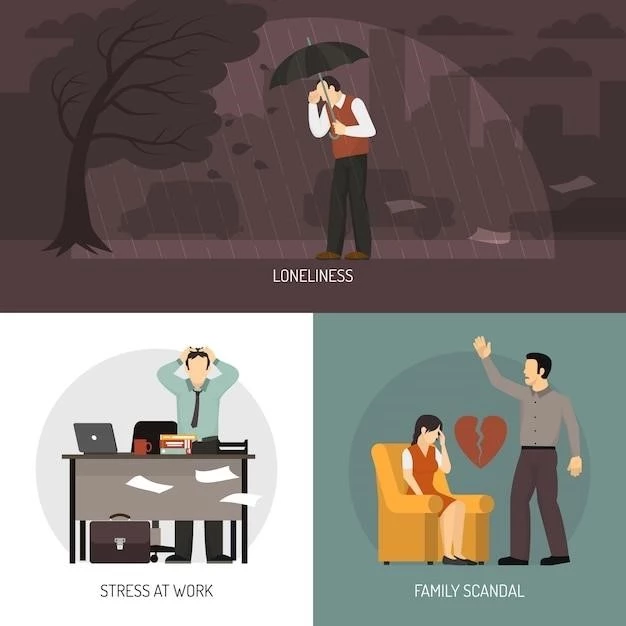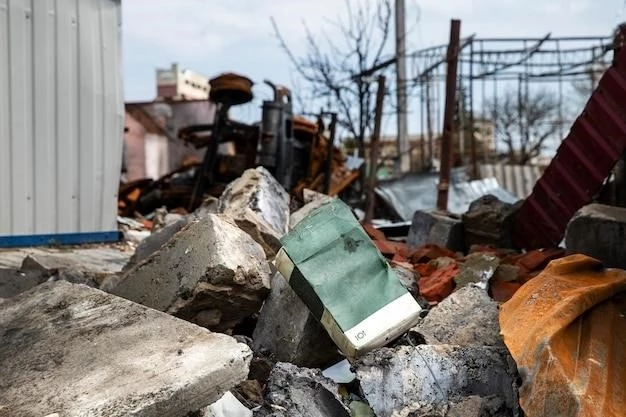Natural Disaster Preparedness for Businesses: My Personal Journey to Resilience
As a small business owner in a coastal region, the threat of natural disasters has always lingered in the back of my mind. However, it wasn’t until Hurricane Maria devastated our area that I truly grasped the critical importance of a robust disaster preparedness plan. The storm served as a harsh wake-up call, forcing me to confront my lack of preparation and the potential devastation it could bring to my business, “Coastal Crafts.” This experience ignited a journey towards building resilience, a journey I believe every business owner should embark on.

The Wake-Up Call: Hurricane Maria’s Impact
The days following Maria were chaotic. Power outages, communication blackouts, and supply chain disruptions brought my business to a standstill. I had no contingency plan, no clear understanding of how to recover, and no way to contact my employees or reassure my customers. The financial and emotional toll was immense. It was during this period of uncertainty that I vowed to never again be caught off guard. I realized that natural disaster preparedness wasn’t just an option; it was an absolute necessity for survival.
Building My Business Continuity Plan: A Step-by-Step Approach
Creating a business continuity plan seemed like a daunting task at first. However, I broke it down into manageable steps, making the process less overwhelming:
1. Risk Assessment and Business Impact Analysis
I started by identifying potential natural disasters specific to my region. Living on the coast, hurricanes, floods, and even earthquakes were real threats. I then analyzed the potential impact of each disaster on various aspects of my business, including:
- Employees: How would their safety be ensured? Could they work remotely?
- Facilities: What damage could occur to our building and equipment?
- Inventory and Supply Chain: How would disruptions impact our stock and ability to fulfill orders?
- Technology and Data: How would we access critical data and maintain communication channels?
- Finances: What financial reserves did we have to weather the storm?
2. Developing the Business Continuity Plan
With a clear understanding of potential risks, I began crafting my plan; This involved:
- Establishing an Emergency Response Team: I formed a team responsible for activating the plan, coordinating communication, and managing recovery efforts.
- Communication Protocols: We established clear communication channels for employees, customers, suppliers, and stakeholders. This included emergency contact lists, designated communication platforms, and procedures for disseminating information during a crisis.
- Data Backup and Recovery: I implemented a robust data backup and recovery system to ensure business continuity. This involved offsite data storage, cloud-based solutions, and regular data backups.
- Insurance Review: I reviewed my business insurance policies to ensure adequate coverage for potential disaster-related losses.
- Employee Training: Regular training sessions for my team became a priority. We practiced emergency procedures, communication protocols, and reviewed the business continuity plan together.
3. Testing and Refining the Plan
A plan is only as good as its execution. I learned the importance of regular testing and refinement. We conducted tabletop exercises, simulating different disaster scenarios to identify weaknesses and areas for improvement. This allowed us to fine-tune our responses, ensuring everyone was prepared to act decisively when the time came.
The Rewards of Preparedness: Peace of Mind and Business Resilience
The journey to disaster preparedness wasn’t easy, but it was an investment worth making. Today, “Coastal Crafts” is far more resilient. We’ve weathered subsequent storms with minimal disruption, thanks to our comprehensive plan. The peace of mind knowing my business, employees, and livelihood are protected is invaluable.

A Call to Action: Prioritize Disaster Preparedness
My experience taught me that disaster preparedness is not a one-time task; it’s an ongoing process of planning, training, and adaptation. I urge all business owners to make it a priority. By investing the time and resources now, you can mitigate risks, protect your business, and ensure a swifter recovery in the face of adversity. Remember, the best time to prepare for a disaster is before it strikes.










